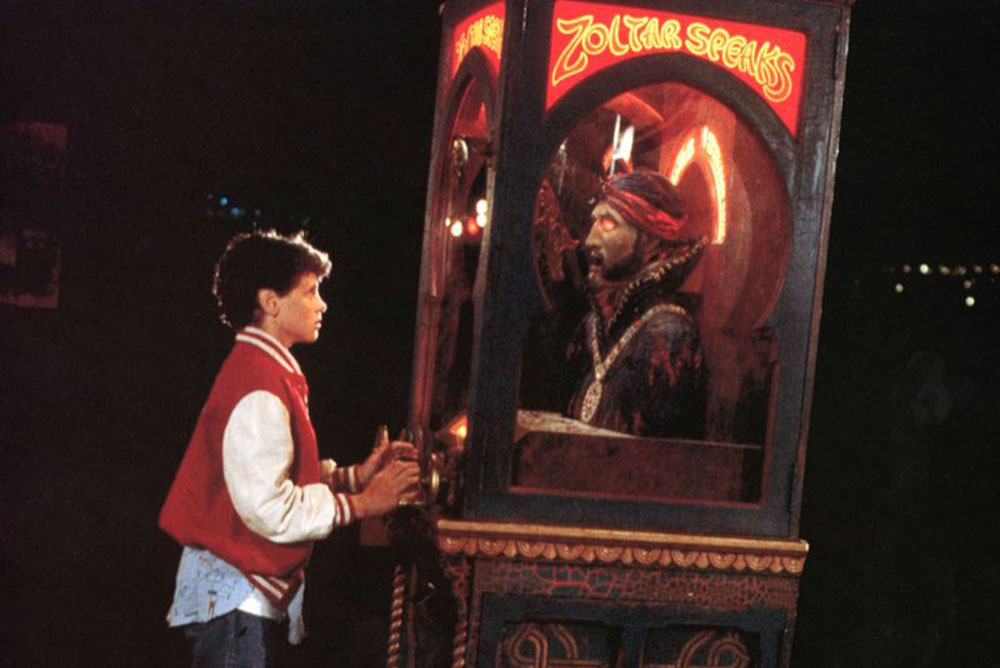
(Image from “Big” 1988)
Story is an argument. The theme (or dramatic question) is the thesis statement, and the story is the argument played out. Any argument requires opposing forces. These forces manifest as our antagonists. Antagonists are any characters that stand in the way of your protagonist getting what they want. Antagonists are not necessarily villains. In the movie Big, Josh Baskin’s parents inhibit his idea of independence by insisting he take out the garbage. They embarrass him by taking his picture at the fairgrounds when he tries to impress the pretty girl. Josh wishes he were “Big.” That would solve everything . . . or so he thinks.
Big is a story you may have seen countless times. It’s a story of wish-fulfillment. “If I were bigger, my life would be perfect.” In your story, you must create a situation to explore the argument and antagonists to illustrate the fallacy.
Becoming “Big” is a metaphor. We all understand the feeling of being not enough, of wanting to be different in order to feel OK. In Act One, Josh is an average 13-year old kid. What he struggles with is universal. He wants to be a grown up. Then he gets his wish and . . . he is terrified! His mother doesn’t know who he is. Believing he is an intruder, she chases him out of the house with a butcher knife. This is the setup of the argument. Frightened and lonely, he goes into the city to find the Zoltar machine so he can return home.
Was this wish worth it? What has he gotten himself into? Complications ensue. It is going to take 4 to 6 weeks to process the paperwork so that the city can tell him where the Zoltar machine is. Now what? He makes a decision to get a job. He is going to stay in the city and adapt to his new situation. End of Act One.
Act One is the setup of the argument leading to the protagonist’s decision. At the end of Act One, Josh is going to accept his wish and learn how to live in the Big world.
Be curious about the argument you are setting up.
The argument appears early on (around page 3-5) as a dramatic question. This is done through action. We see Josh’s predicament and we understand his wish. We feel for him as we watch him struggle with his embarrassment at not being allowed on the ride because of his size. Following the inciting incident, we watch him respond to his new situation. What is he going to do? How is he going to make his situation workable? This is the second half of the first act.
Be curious about how you can show your protagonist dealing with their new situation.
The goal of Act One is to help the audience understand the protagonist’s dilemma. Action illustrates the dilemma. As the stakes rise through the first act, we understand that what initially seemed like a problem at the inciting incident becomes a dilemma by around two-thirds of the way through the act. This happens as a result of a response from an antagonist.This response illustrates that the problem is much larger than he initially thought. In Big, it is the moment when Josh discovers that he can’t simply repeat his exchange with the Zoltar machine, and that he must live as an adult, at least temporarily.
This moment, which I call the opposing argument, keeps the audience connected to the dilemma. The goal is to explore this dilemma from all angles in order to resolve it at the climax by revealing a deeper truth.
Learn more about marrying the wildness of your imagination to the rigor of structure in The 90-Day Novel, The 90-Day Memoir, or The 90-Day Screenplay workshops.

 What is My Screenplay About?
What is My Screenplay About?